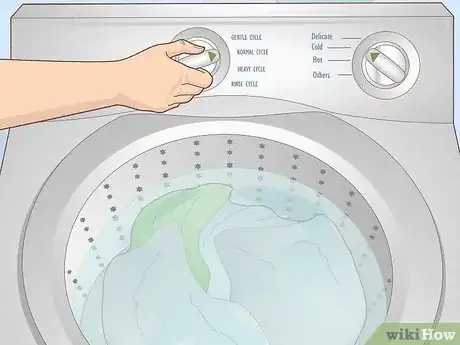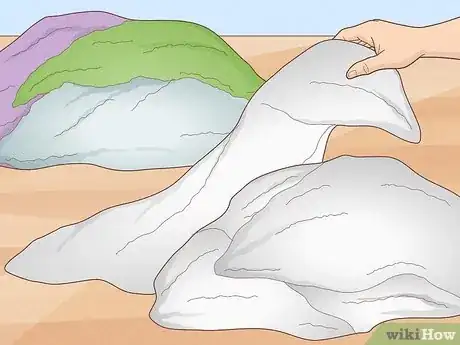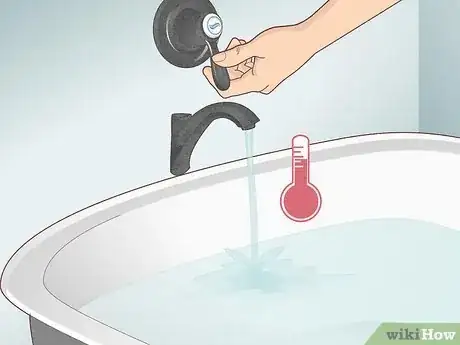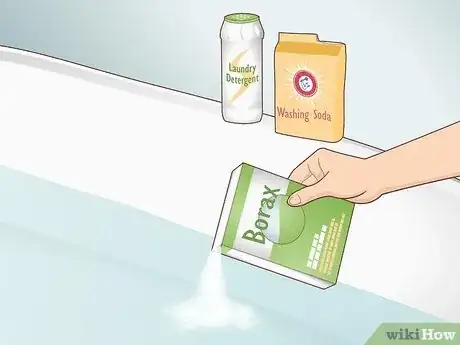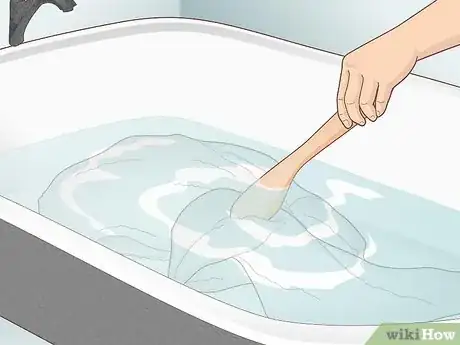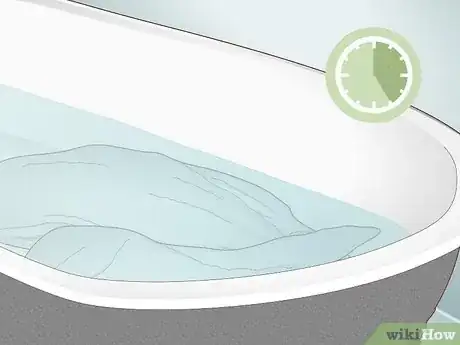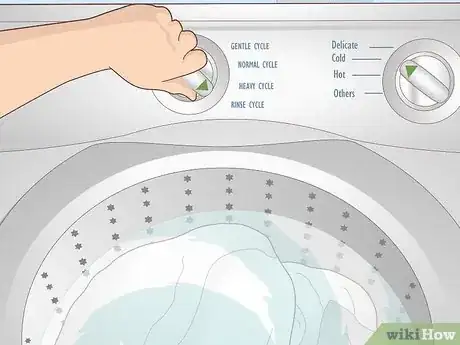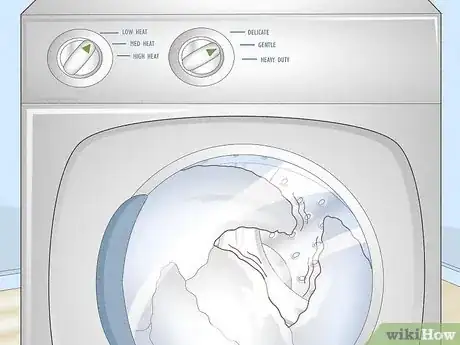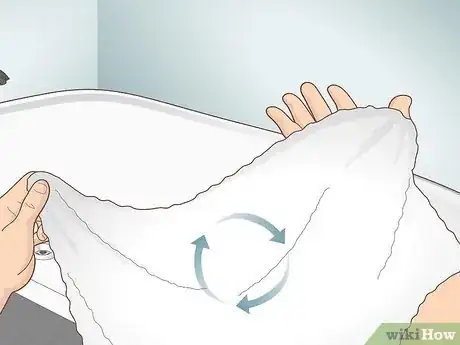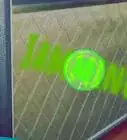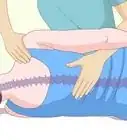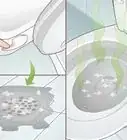This article was co-authored by Rani Gorgis and by wikiHow staff writer, Glenn Carreau. Rani Gorgis is a Laundry and Cleaning Specialist and the Owner of Park Blvd Laundry & Dry Cleaners in San Diego, California. With several years of experience in the laundry and cleaning industry, Rani specializes in dry cleaning, wash-n-fold, shirt laundry, and servicing smoke-damaged clothes. He holds a BS in Accounting and a CPA certification.
This article has been viewed 17,846 times.
If you've noticed your towels getting a little grungy—even after washing them—it might be time to try stripping them instead! Stripping towels is a great way to remove built-up minerals and residue from past washing and grime that sticks to the towel fibers during each use. Keep reading for a complete, step-by-step guide on how to strip towels and keep them feeling soft and fluffy for a long time.
Steps
Wash your towels normally.
-
Towels should be clean before stripping, and they can be wet or dry. If your towels are dirty, make sure to run them through the washing machine just like you usually would before you get started stripping them. You can also run them through the dryer if you want, but it's unnecessary. Towels don't have to be dry (since you'll be getting them wet anyway), but they do have to be as clean as possible![1] X Research source
Separate white towels from the dark ones.
-
The heat of the water can cause the dye in colored towels to run. While stripping doesn't include bleach and works for any color towel, it's best to group whites and dark colors together like normal laundry, to prevent white towels from getting colored. Ensure your tub isn't too full of towels, either—there should be enough room for water to move between and around each item in the load.[2] X Research source
- If you want to strip a large pile of towels, complete multiple loads instead of overcrowding the tub.
- Strip towels separately from sheets since they have such different textures. A towel should be stripped with items of the same texture, including other towels, washcloths, and hand towels.
Fill your bathtub with hot water.
-
Heat the water as high as possible without damaging the towels. Check the towels' tags if you're unsure how much heat they can withstand, and then turn on the heated water.[3] X Research source Keep it running until you've got roughly the same amount of water you'd use for a bath—a full tub, but not spilling over the sides.
Add borax, washing soda, and detergent to the hot water.
-
Measure out each cleaning chemical and stir it into the water. You’ll need ¼ cup (55 grams) of borax, ¼ cup (55 grams) of washing soda, and ½ cup (110 grams) of powder laundry detergent. Pour the chemicals into the tub, then stir the water with a long tool; a broom handle, stick, large spoon, or pole would all work.[4] X Research source
- Most people strip towels in their bathtub, but you can also use a large bucket to do the job if you don't have a tub.
- Keep stirring and check the water to ensure that the powders fully dissolve before moving to the next step.
Submerge your towels in the water.
-
Swish the towels around with your stirring tool after submerging them. Make sure each towel you strip is completely underwater and soaked through.[5] X Research source Don't worry if you see some foaming when you submerge the towels or notice the water change color, either; both are totally normal parts of the stripping process!
Let the towels soak for 5 hours.
-
Remove the towels once the hot water has completely cooled. Set a timer for 5 hours, and then go about your day![6] X Research source While waiting, you don't have to monitor the towels—stripping will happen naturally. Return once per hour to stir the towels gently but let them sit in the water otherwise. Then, after 5 hours, remove the towels and drain your tub of water.
- Stirring helps the washing soda and detergent get into each towel's fibers and strip away lingering buildup and residue.
Run the towels through a water-only rinse cycle.
-
Wring out the towels and use the washing machine to remove chemicals. You don't need to add any detergent or other cleaning supplies to the washing machine; just place the towels inside and set the machine to a rinse cycle. This way, dislodged residue will be washed away instead of spreading to the rest of your laundry.[7] X Research source
- If your washing machine has a double-rinse cycle, select that option instead to ensure a thorough cleaning.
Tumble-dry the towels.
-
Run them through the dryer without any dryer sheets. Your towels have already been cleaned and stripped of unwanted odors, so dryer sheets aren't necessary. Set your dryer to whichever cycle or setting you normally use for towels, and dry them off completely.[8] X Research source
Repeat the process if your towels are still dirty.
-
One round of stripping doesn't always clean towels entirely. Don't fret if they still seem a bit off-color or smelly; you can easily strip them again right away without damaging them. Keep stripping your towels with borax, washing soda, and detergent (the same way each time) until they're fresh and clean.[9] X Research source
- Keep in mind that towels become hard and stiff if you use too much laundry detergent. So cut back on the detergent to have soft and fluffy towels. [10] X Research source
- You can add vinegar in the wash cycle to remove all the residue from the towels.[11] X Research source
- Do not overfill the washer so the towels can move freely.[12] X Research source
Other wikiHows
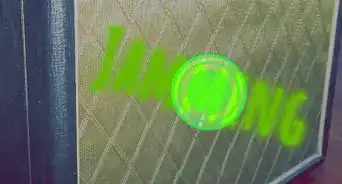
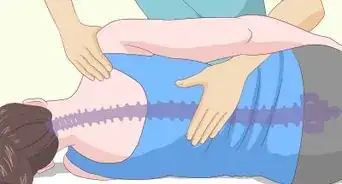 How to Relieve & Prevent Headaches & Migraines Fast
How to Relieve & Prevent Headaches & Migraines Fast
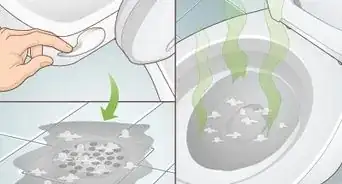 Best Ways to Unclog a Toilet
Best Ways to Unclog a Toilet
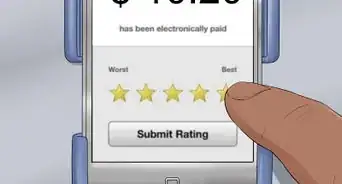
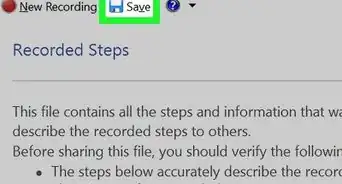 How to Take a Screenshot on a Windows PC: 8 Simple Tricks
How to Take a Screenshot on a Windows PC: 8 Simple Tricks
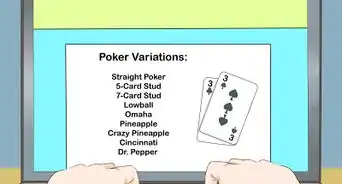
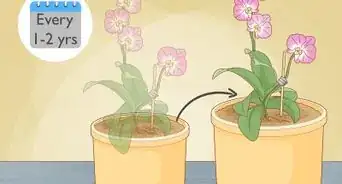 How to Take Care of Potted Orchids
How to Take Care of Potted Orchids

References
- ↑ https://www.thespruce.com/what-is-stripping-laundry-5076977
- ↑ https://www.southernliving.com/home/organization/what-is-laundry-stripping
- ↑ https://home-ec101.com/fresh-smelling-towels/
- ↑ https://www.today.com/shop/laundry-stripping-t227439
- ↑ https://www.washingtonpost.com/home/2021/10/06/laundry-stripping/
- ↑ https://www.today.com/shop/laundry-stripping-t227439
- ↑ https://www.washingtonpost.com/home/2021/10/06/laundry-stripping/
- ↑ https://www.today.com/shop/laundry-stripping-t227439
- ↑ https://home-ec101.com/fresh-smelling-towels/
About This Article

